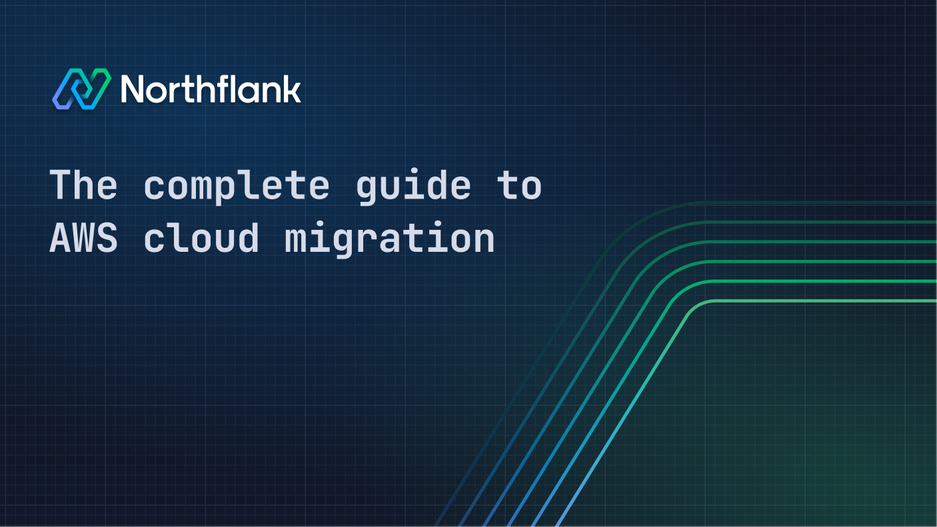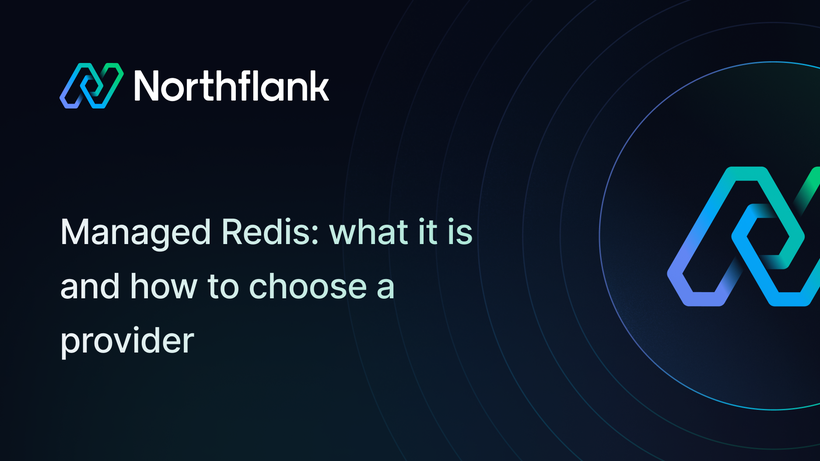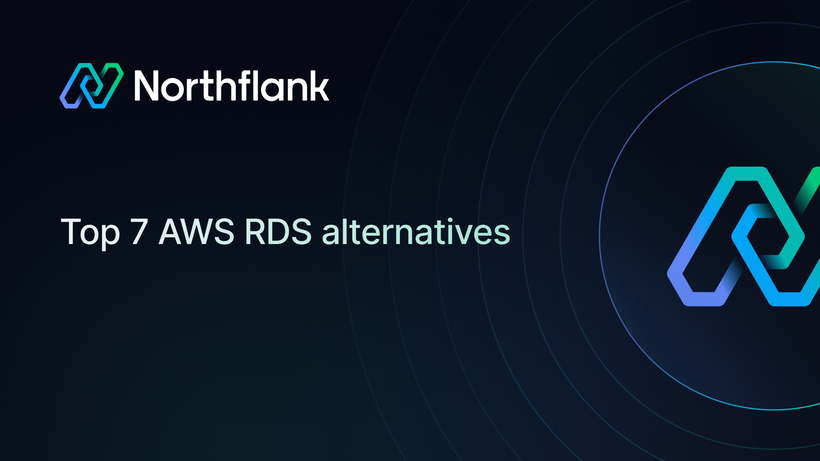

The complete guide to AWS cloud migration in 2025
When searching for "AWS migrate" or exploring cloud migration options, you're likely facing one of two distinct scenarios:
(1) You want to migrate TO AWS from on-prem or another cloud
or
(2) You want to migrate FROM AWS because it's too expensive or complex
Both paths are increasingly common in 2025, and platforms like Northflank can dramatically simplify either journey. This guide covers both AWS cloud migration strategies.
But first…
What is AWS cloud migration?
AWS cloud migration is the process of moving applications, data, and infrastructure either TO Amazon Web Services (AWS) or FROM AWS to another platform or on-prem.
AWS cloud migration: You're moving from your own servers or another cloud (like Google Cloud) to AWS. Usually because you want to scale faster or access AWS's 200+ services.
Migrating away from AWS: You're moving away from AWS to another cloud or back to your own servers. Usually because AWS got too expensive or you need more control.
The two AWS cloud migration paths
AWS runs 32% of the global cloud. They've got 200+ services, data centers everywhere, and every enterprise tool you could want. The promise is compelling: scale instantly, access cutting-edge tech.
Yet, to actually use AWS effectively, you need to master:
- EKS (Elastic Kubernetes Service): Sure, it's managed Kubernetes, but you still need to configure node groups, set up cluster autoscaling, manage VPC CNI plugins, and deal with IAM roles for service accounts
- Networking nightmare: VPCs, subnets, security groups, NAT gateways, route tables
- IAM hell: Policies, roles, instance profiles
- Cost surprises: Data transfer charges, NAT gateway fees, EBS volumes you forgot to delete, AWS billing is a full-time job
Most teams spend months just getting a production-ready setup. And that's before you deploy a single application.
This is where Northflank comes in. Instead of it being just another AWS abstraction, it's a complete Internal Developer Platform (IDP) that enterprises typically spend years building. Instead of learning AWS, you just use it.
How it works:
-
Connect your AWS account to Northflank (5 minutes)
-
Northflank provisions everything: EKS clusters, load balancers, networking, security
2a. Or import your existing EKS clusters. Northflank works with what you already have
-
You deploy your code
What you get:
- Production-ready EKS without touching kubectl
- Automatic SSL certificates and load balancing
- Built-in CI/CD from your Git repos
- Database provisioning with one click (RDS, but simplified)
- Cost controls
- Full AWS ecosystem integration (RDS, S3, container registries, CDNs)
- Enterprise-grade platform capabilities teams typically spend years building
- Complete control over data residency and deployment regions
AWS can be expensive at scale, especially for predictable workloads:
- Bandwidth costs are insane ($0.09/GB adds up fast)
- You're paying 24/7 for peak capacity you use 1% of the time
- Managed services have huge markups (RDS can be 3x the cost of self-managed)
- Every feature is a separate bill
Moving off AWS is terrifying because:
- Your team only knows AWS tools
- You've built around AWS-specific services
- Alternative clouds have different APIs and concepts
- Going on-prem means managing hardware again
This is where most companies get stuck. They know AWS is too expensive but can't stomach the migration complexity.
Northflank solves this by being cloud-agnostic from day one. Here's how migration works:
To another cloud (GCP/Azure):
To on-premises:
Northflank is not yet another PaaS. It's specifically designed for teams that need cloud flexibility:
- Multi-cloud native: Run on AWS, GCP, Azure, Oracle Cloud, Civo, or bare metal
- No vendor lock-in: Built on Kubernetes and Docker standards
- BYOC (Bring Your Own Cloud): Your infrastructure, your data, Northflank's simplicity
- Enterprise-ready: Build your Internal Developer Platform (IDP) or Application Delivery Platform (ADP) without years of engineering
- Real company scale: Teams run 10,000+ containers in production
- AWS depth: Supports hundreds of instance types across all major regions
- Automatic EKS cluster setup and management
- Built-in AWS service integrations (RDS, S3, etc.)
- AWS cost optimization out of the box
- No AWS expertise required
- Cloud-agnostic deployments
- Zero code changes when switching clouds
- Gradual migration support (hybrid cloud)
- Maintain AWS-like developer experience anywhere
Under the hood, Northflank:
- Manages Kubernetes so you don't have to
- Handles ingress, TLS, load balancing automatically
- Provides GitOps workflows without the YAML hell
- Abstracts cloud differences into a unified API
You write Dockerfiles, push code, and deploy. Whether that runs on EKS, GKE, or your own metal is just a config option.
Getting started
- Sign up for Northflank
- Connect your AWS account
- Have existing EKS clusters? Import them directly, no need to start from scratch
- Deploy a test app
- Migrate your easiest service first
- Move the rest over weeks, not months
- Pick your target (GCP? Azure? On-prem?)
- Set up Northflank on the new infrastructure
- Deploy a non-critical service as a test
- Plan your data migration strategy
- Move services gradually with zero downtime
Conclusion
AWS cloud migration doesn't have to be a multi-year project. Whether you're adopting AWS or escaping it, the key is abstracting away the complexity while keeping the power.
Northflank does exactly that. Excellent developer experience, any infrastructure. Your choice.
Ready to migrate? Get started here or talk to an engineer.


